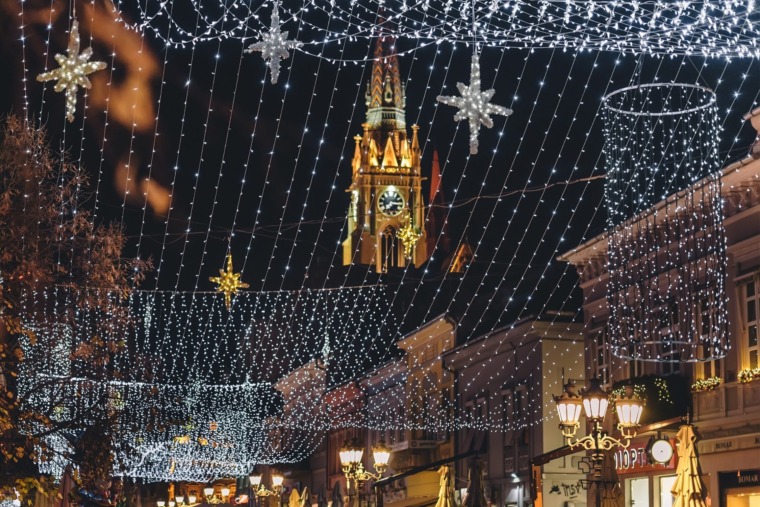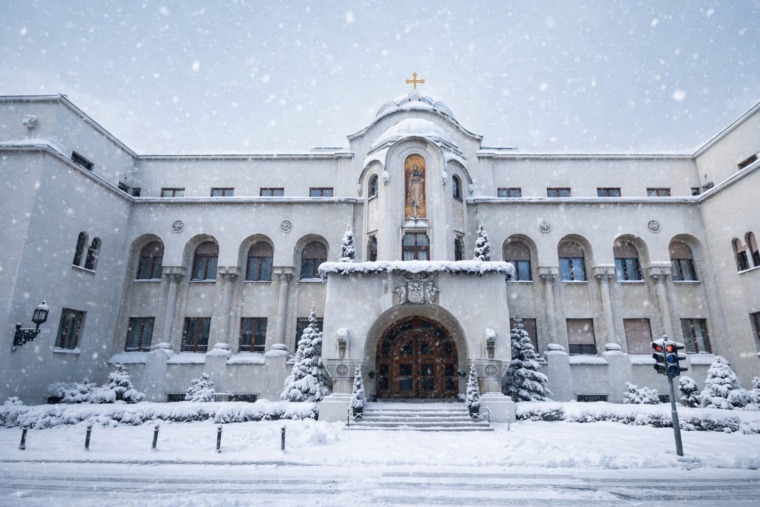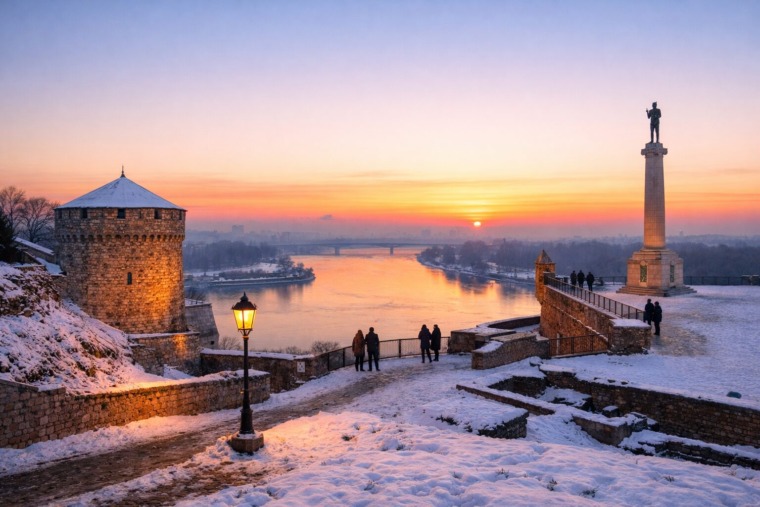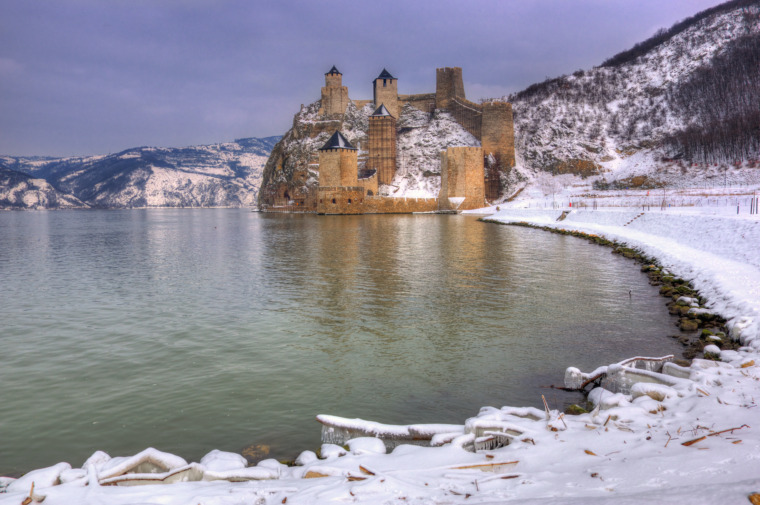

Around Serbia and Serbian Orthodox temples, today is marked a memory of an educator, prince and first Serbian archbishop- St. Sava.
One of the biggest temple and family holidays marked by the Orthodox Church and its believers is Savindan or St. Sava’s Day. This date is celebrated by many tradespeople, and St. Sava is also pronounced as schools’ patron Saint. Because of that, this day is dedicated to the Serbian Saint and numerous plays are organized around educational institutions.
St. Sava is the youngest son of Stefan Nemanja, baptized as Rastko Nemanjić, and when he became a monk, he took name Sava. His most important mission, Sava did in 1219 in Nikea when he finagled for Serbian Orthodox Church to become autocephalous.
The Day when St. Sava passed away, the church established it as a day when a memory of a character, life and works of the first Serbian archbishop will be marked. In the beginning of 19th century, the anthem to the establisher of independent Serbian Orthodox Church was sung, and he was pronounced a schools’ patron Saint by Sovjet Knjažestva Srbskog in January, 1840.
The holiday is being marked traditionally with liturgies around Serbian temples, and the largest number of people gathers around in St. Sava’s Temple at Vračar. Savindan is being celebrated also in Orthodox Theology Faculty, the highest educational institution of Serbian Orthodox Church, and for the best students, professors and educational institutions are being presented St. Sava awards.

About how many Serbian people respect and celebrate a famous educator and a saint, says a series of events and honors that are being organized in his honor. Numerous places in Serbia are named after him, and the place where his relics were burned, in Vračar, the biggest Orthodox temple in the Balkans was built.
The most famous works of St. Sava are “Žitije svetog Simeona”, a gem of Serbian medieval literature, as well as “Studenički tipik” with which he prescribed regulation and organization of monastery administration, prayers and fasting diets and which is considered to be “he first constitution of the Serbian Orthodox Church”.
Many traditional beliefs are related to this holiday. The largest part of them refers to the shepherds, livestock and wolves. In fact, it was believed that the cattle must not run into the forest on Savindan, in order to protect from wolves. People haven’t even availed the blade razors in order to wolves jaws remain closed. It is believed that if on this day a thunder is heard, some important events will happen in the country.
There are no classes on Savindan, but teachers and students attend the plays, cutting the Slava cake and go to church. This date is celebrated as well as any other patron saint, the preparation of the Slava cake, wheat and wine, and the consecration performed by the clergy of the Church.
Related Articles


10 Dishes That Must Be on a Serbian New Year’s Table
December 24, 2025
Tourist Holiday Guide to Serbia: Tips, Traditions & What to Expect
December 20, 2025






